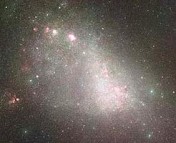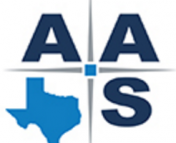In this series of posts, we sit down with a few of the keynote speakers of the 229th AAS meeting to learn more about them and their research. You can see a full schedule of their talks here!
Prof. Phil Hopkins studies the formation of the many components of our universe — from galaxies and supermassive black holes to stars and planets.
Hopkins is a professor at Caltech and the winner of this year’s Helen B. Warner Prize for his significant contribution to theoretical astronomy. His prize lecture will be titled “Feedback: Now With Physics.”
Hopkins considers his path into astronomy a guided random walk. While an undergraduate at Princeton, he was interested in a number of fields — from ancient Greek to physics! Hopkins recalls that he almost dived into the world of classical history, but an early advisor left Princeton before he had the chance to begin research. After taking his first general relativity course, Hopkins’ astrophysics career began. He eventually matriculated at Harvard for his PhD and began work on the formation of galaxies and supermassive black holes, the focus of his keynote.
To study the formation of galaxies, Hopkins is co-leading the FIRE project, a cosmological simulation that resolves the interstellar medium of individual galaxies. Hopkins points out that the dynamic range of galaxy formation is so vast that simulations like FIRE tackle the orders of magnitude separately. FIRE is able to zoom into the level of giant molecular clouds, the birthplaces of stars. The feedback of these stars, among other forms of feedback, are essential in capturing the full physical picture of the formation process.
“You’re going to be specializing [in graduate school], but that doesn’t mean you can’t learn about a broad area,” Hopkins advises students. He has continuously enjoyed working in large groups that solve problems that connect many areas of astrophysics. He also encourages students to note that there are many tracks in a research-focused career and not everyone will find that the professor track works for them.
To learn more about Hopkin’s latest research, be sure to see his talk at 3:40 PM on Jan. 6th at #AAS229!


